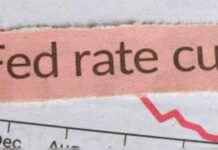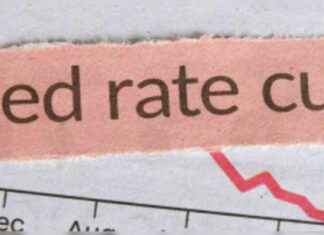Government Urged to Increase Capital Expenditure for Economic Growth
A recent report from financial services firm Jefferies has highlighted the importance of the government increasing capital expenditure (capex) by 10-12 per cent in the upcoming union budget for 2025-26. This move is crucial to maintain focus on infrastructure development and instill confidence among stakeholders, according to the report.
The Need for Higher Capex
The report emphasizes that sustained growth in capex is essential for economic momentum, especially in the period following elections. The upcoming FY26 Union Budget is expected to be closely watched for signs of double-digit capex growth, building on the 16 per cent year-on-year rise seen in the FY25 budget.
Challenges and Solutions
Despite a positive outlook, the report notes that actual expenditure levels have fallen short, with government capex dropping by 15 per cent year-on-year in the first seven months of FY25. To achieve even a modest 5 per cent growth for the fiscal year, a significant surge in spending will be required in the coming months.
Defence Sector Projections
In terms of defence spending, Jefferies projects a 7-8 per cent compound annual growth rate from FY24 to FY30, aligning with trends from the past decade. The report identifies key growth drivers in the domestic defence sector, such as manufacturing, import substitution, and exports, which could generate substantial opportunities in the next 5-6 years.
Opportunities for Growth
With current policies in place, the domestic defence sector is forecasted to create opportunities worth $100-120 billion over the next few years, with a potential 13-15 per cent compound annual growth rate. This growth could significantly benefit domestic companies, especially if export opportunities are fully realized.
In conclusion, the government’s decision on capital expenditure in the upcoming budget will play a crucial role in driving economic growth and ensuring long-term stability. By heeding the recommendations put forth by Jefferies, policymakers can pave the way for a more robust and resilient infrastructure landscape in the years to come.























